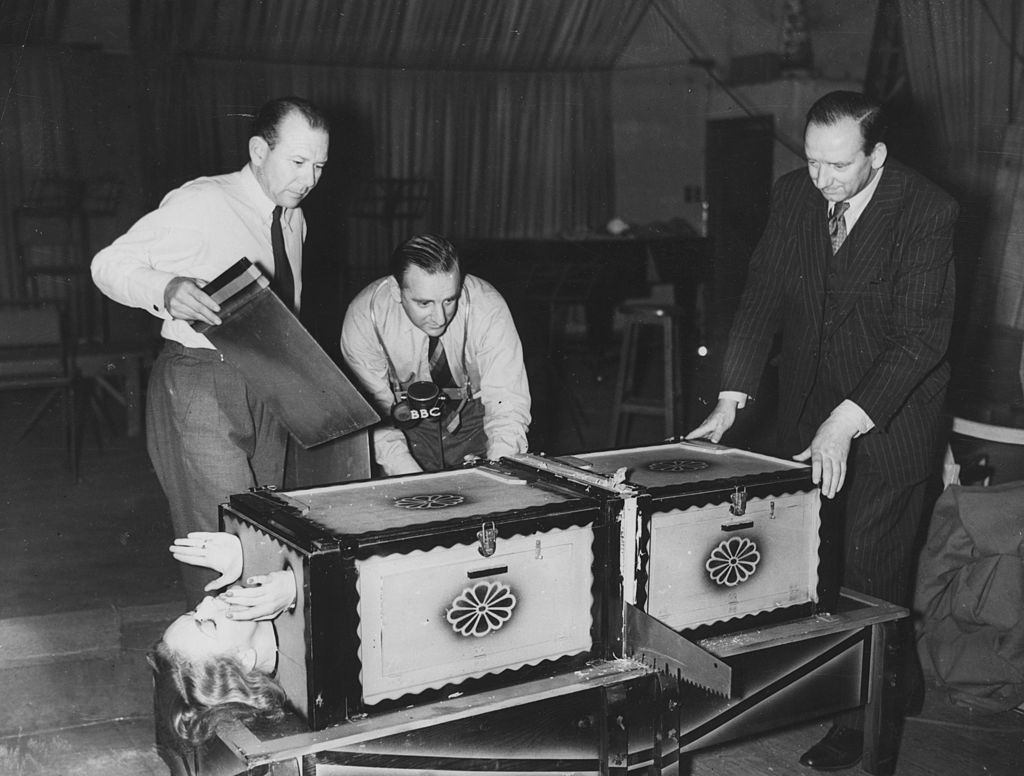In the early days of 2021, it seems as though magic might be having a moment of its own. That isn’t to say that magic and sleight of hand were unpopular recently, but with the filmed version of In & Of Itself earning rave reviews, something seems to be in the air. One might call this feeling magical, but that might be redundant, given the subject at hand.
Some magic tricks feel specific to the person performing them, while others have gone through a number of variations depending on the magician. It’s one of these tricks that Alex Marshall at The New York Times explored in great detail — the practice of sawing someone, usually a woman, in half.
As Marshall reports, the first version of this trick was carried out in 1921 by P.T. Selbit in North London. It helped to make Selbit famous — something he aided with a distinctive approach to promoting his act. “Before each show,” Marshall writes, “stagehands would pour a bucket of fake blood outside the theater, as if a terrible accident had occurred.”
The article argues that the trick has endured and become so widespread because the idea at the center of it is easy to understand. There’s no one method of pulling it off; in fact, one of the people Marshall spoke with believed that at least 20 distinct ways to do it exist. And versions of it might even predate the fateful 1921 performance mentioned earlier.
A 2015 interview with the late Ricky Jay offers a fascinating look at a precursor to this trick — one carried out by an ancient Egyptian magician named Dedi, who used an illusion to separate a duck and its head. Sometimes, the classics endure for even longer than you might expect.
Subscribe here for our free daily newsletter.
Thanks for reading InsideHook. Sign up for our daily newsletter and be in the know.
















